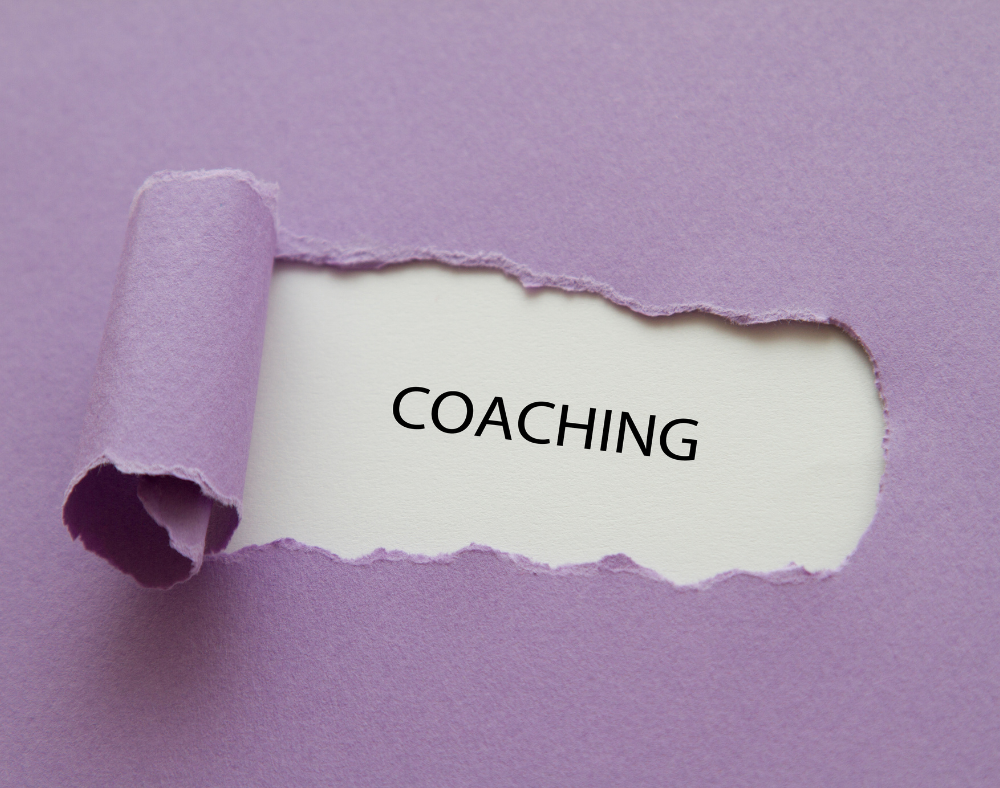A guide to setting boundaries that build Respect, Trust, and Personal Growth

In today’s fast-paced world, relationships are a foundation for support, understanding, and growth. Yet, even the most meaningful connections need structure to thrive. Healthy boundaries in relationships are essential for preserving mutual respect and fostering genuine communication.
Diana Rosdahl, an expert in relationship coaching based in Danville, CA, specializes in guiding individuals to understand, set, and uphold boundaries that support their well-being and relationships.
In this post, we’ll explore the significance of boundaries, why they matter, and practical ways to set them effectively.
What Are Healthy Boundaries?
Healthy boundaries are personal limits that define how we interact with others. They allow us to maintain our independence, control, and self-respect while fostering healthier and more fulfilling relationships. When we establish boundaries, we’re not only protecting ourselves but also setting the stage for better communication and empathy within our relationships.
Why Are Boundaries Important in Relationships?
Healthy boundaries are fundamental to all kinds of relationships, from romantic partnerships to friendships and even workplace dynamics. Here’s why they’re so crucial:
- Promote Respect and Understanding: Boundaries help prevent resentment by clarifying what behaviors are acceptable and which are not.
- Boost Self-Esteem: Upholding boundaries shows self-respect and helps build confidence in one’s worth.
- Enhance Communication: Boundaries open up a safe space for honest conversations, strengthening connection and trust.
- Reduce Burnout and Overwhelm: Clear boundaries help manage expectations, making it easier to handle personal and professional responsibilities.
For a more in-depth look at setting boundaries, explore this helpful guide from Psychology Today that delves into boundary-setting essentials and their psychological impact.

Practical Tips for Setting Boundaries
Setting boundaries is an empowering process that requires self-awareness and clarity. Here are some actionable steps to get started:
- Identify Your Needs and Limits
Recognize what you’re comfortable with and where you need limits to maintain well-being. Start by reflecting on situations that leave you feeling drained or uncomfortable. - Communicate Clearly and Compassionately
Use “I” statements to express your feelings and needs without blaming others. For instance, “I need some alone time after work to recharge.” - Be Consistent and Firm
Sticking to your boundaries reinforces their importance. If someone oversteps, gently remind them of your limits. Consistency shows others that your boundaries are non-negotiable. - Anticipate Pushback
Not everyone will immediately understand or respect your boundaries, especially if they’re used to a different dynamic. Stay patient but firm. - Seek Support When Needed
If boundary-setting feels challenging, a coach like Diana Rosdahl can provide guidance tailored to your concerns and personal style. With expert support, you can learn to enforce your boundaries confidently and navigate any resistance you may encounter.
For more boundary-setting strategies, check out this resource on Good Therapy, which covers various techniques to help maintain personal boundaries.

Examples of Boundaries in Different Types of Relationships
It’s helpful to see boundaries in action. Here are examples of how healthy boundaries might look across different types of relationships:
- In Romantic Relationships: Respecting each other’s alone time and personal goals.
- In Friendships: Balancing give-and-take without feeling obligated to say “yes” to every request.
- In Family Relationships: Setting limits on family obligations to prioritize self-care.
- In the Workplace: Managing workload expectations and avoiding work-related tasks during personal time.
Each relationship type may require different boundaries, but the purpose remains the same: to protect your well-being while fostering respect and open communication. For further reading, explore Mind’s Boundary-Setting Guide that provides insights into setting healthy boundaries in family and social settings.

The Role of Coaching in Boundary Setting
Setting and maintaining boundaries can feel daunting, especially if you’re new to the concept or if others around you are not accustomed to it. This is where a skilled coach like Diana Rosdahl comes in. Located in Danville, CA, Diana offers personalized coaching sessions to help you identify your boundaries, communicate them effectively, and navigate challenges confidently.
Her approach is tailored to your style, preferences, and unique concerns, offering a supportive environment to learn and grow.
To explore how coaching can benefit you, read more about
the impact of coaching on personal boundaries.

Conclusion
Healthy boundaries are the backbone of strong, respectful, and fulfilling relationships. They help you communicate your needs, protect your personal space, and foster an environment where everyone can thrive. Establishing these boundaries can be a transformative journey, and having support along the way can make a world of difference.
Whether you’re seeking to improve communication in a partnership, strengthen a friendship, or manage family dynamics, consider reaching out to Diana Rosdahl in Danville, CA, to guide you toward the empowered relationships you deserve.
Additional Resources
For further reading, here are some valuable resources to deepen your understanding of boundary-setting:
- Psychology Today: Understanding Boundaries
Comprehensive articles on the psychology behind personal boundaries. - Good Therapy: Techniques for Setting Boundaries
Practical techniques for establishing and maintaining personal boundaries. - Mind: Family and Social Boundaries
Insights into managing boundaries within families and social circles. - Verywell Mind: Benefits of Boundary Setting
Explores the emotional and mental health benefits of having healthy boundaries. - American Psychological Association: Boundaries in Therapy
Discusses boundaries in therapy and how they contribute to effective relationships. - National Alliance on Mental Illness: Building Boundaries
Tips and guidance on building boundaries for mental well-being.











